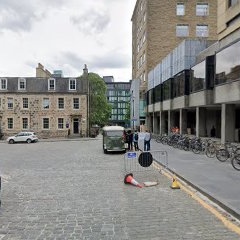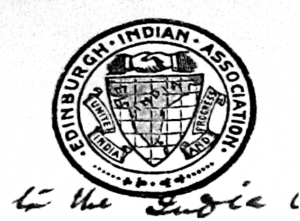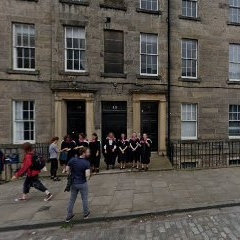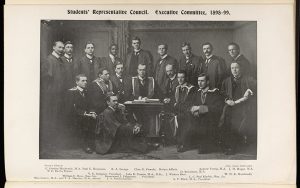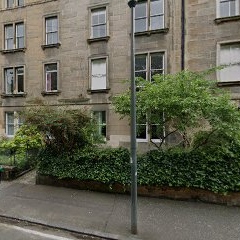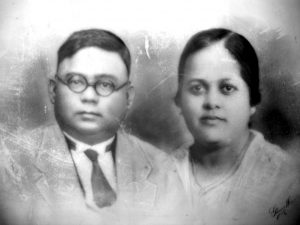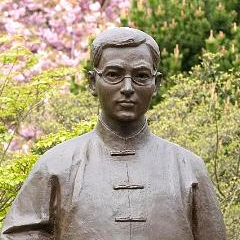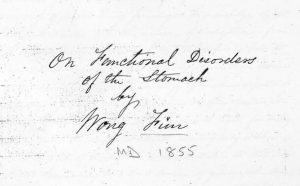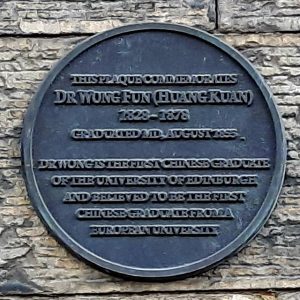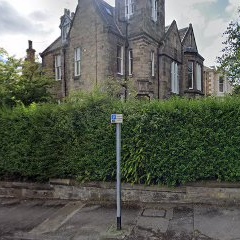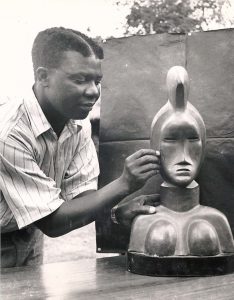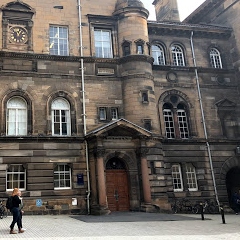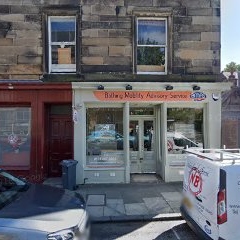Teviot Row House, 13 Bristo Place, Edinburgh EH8 9AL
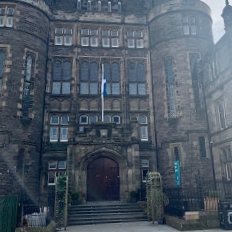
Opening its doors in 1889, Teviot is the world’s oldest and purpose-built Student Union. Home to Edinburgh University Students’ Association (EUSA), it reflects a long history of student politics in Edinburgh. Amongst those involved in EUSA’s history is Grenadian David Pitt, who graduated in Medicine and Surgery in 1938. In 1936, Pitt became first Junior President of the Students’ Representative Council, the co-founding body of what is now EUSA. Whilst participating in Edinburgh University and UK national politics, Pitt never lost sight of Caribbean politics. The years in which he graduated and returned to the Caribbean islands were fundamental for Trinidadian politics, and saw a sustained campaign for universal adult suffrage, finally awarded by the British Parliament in 1945. David Pitt himself contributed to this campaign, co-founding the West Indian National Party (WINP), a socialist party dedicated to the emergence of political autonomy across the Caribbean. In 1947, Pitt led a group of WINP members to Britain to lobby the Government for Commonwealth status for a Federation of the West Indies. Pitt made history again in 1959, becoming the first parliamentary candidate of African descent in a UK general election as Labour candidate for the north London constituency of Hampstead.


